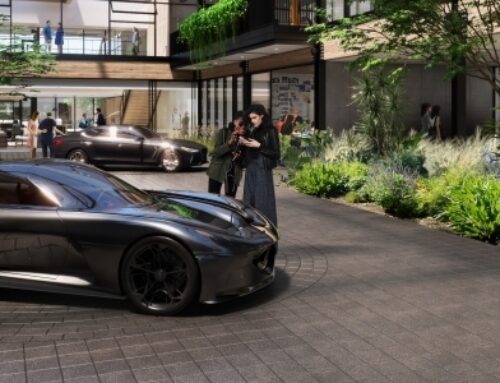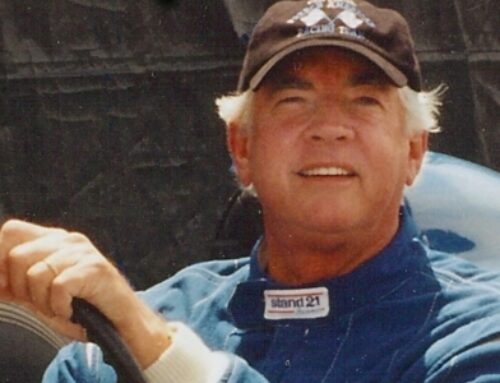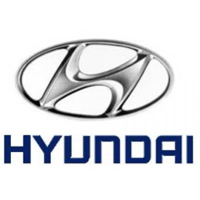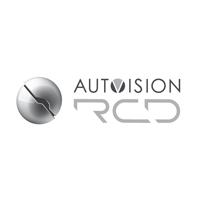Designers have been piloting Microsoft HoloLens technology for a year now in Ford’s Dearborn studios, allowing them to see proposed virtual design elements as if these pieces were part of physical vehicles. They’ve been able to explore different shapes, sizes and textures of future vehicle attributes in minutes and hours instead of the weeks and months it can take to create clay models. And now, Ford is expanding this pioneering testing across the globe.
“It’s amazing we can combine the old and the new – clay models and holograms – in a way that both saves time and allows designers to experiment and iterate quickly to dream up even more stylish, clever vehicles,” says Jim Holland, Ford vice president, vehicle component and systems engineering. “Microsoft HoloLens is a powerful tool for designers as we continue to reimagine vehicles and mobility experiences in fast-changing times.”
HoloLens technology uses mixed reality, which enables designers to see holograms in photo-quality backdrops through wire-free headsets. They can scroll and preview at the flick of a finger through numerous design variations projected virtually onto an actual car or clay model.
“We may not be able to teleport yet, but HoloLens allows us to review full-size 3D designs with designers and engineers around the world in real time,” says Craig Wetzel, Ford manager, design technical operations. “And we’ve only just scratched the surface, so possibilities for the future seem almost limitless. This is very exciting.”
Seeing the future
As designers wearing headsets move around an actual vehicle, the Microsoft HoloLens scans and maps the environment far more accurately than GPS to render holograms and images from the angle at which the vehicle is being viewed. A Windows 10 computer embedded in the headsets brings the power of the operating system to a holographic device that is untethered, wearable and mobile. Traditionally, designers and engineers have to wear headsets that rely on cables tethered to a PC.
Designers see 3D holographic images of themes and features as though these elements were already part of the vehicle – allowing them to quickly evaluate the design, make changes, and determine styling options earlier in development.
“With HoloLens, we can instantly flip through virtual representations to decide which direction they should go,” says Michael Smith, Ford design manager. “As a designer, you want to show, not just tell. This is much more compelling.”
Ford has adapted HoloLens technology to enable designers to collaborate with engineers to better understand the customer experience, too. For example, the technology allows a designer and engineer to evaluate in near-real time how a new side mirror looks aesthetically, as well as the customer’s view of the vehicle’s surroundings.
Whereas today it can take days, even weeks, to study a grille design, HoloLens allows designers and engineers to explore a variety of different iterations in a matter of hours. The headsets can even be synced to allow multiple team members to view a design simultaneously, making collaboration easy. They can also record audio notes – high-tech “sticky notes” – for team members working in other time zones or off-site.
Beyond the global design test, Ford is investigating how to bring HoloLens technology into more engineering development processes to further bolster the company’s lead in using advanced visualization technologies such as virtual reality.
“HoloLens allows a whole team of people to collaborate, share and experience ideas together,” says Elizabeth Baron, Ford virtual reality and advanced visualization technical specialist. “Mixing virtual and physical models is exciting, because it helps our designers and engineers communicate effectively and ideate to see what the future looks like earlier in the process. This allows great freedom and efficiency in how prototypes are created or changed.”
About Ford Motor Company
Ford Motor Company is a global company based in Dearborn, Michigan. The company designs, manufactures, markets and services a full line of Ford cars, trucks, SUVs, electrified vehicles and Lincoln luxury vehicles, provides financial services through Ford Motor Credit Company and is pursuing leadership positions in electrification, autonomous vehicles and mobility solutions. Ford employs approximately 203,000 people worldwide.































